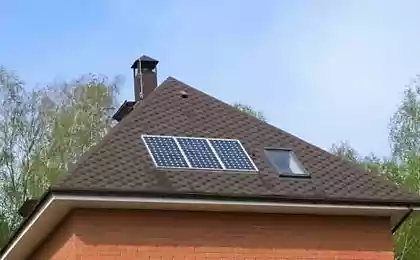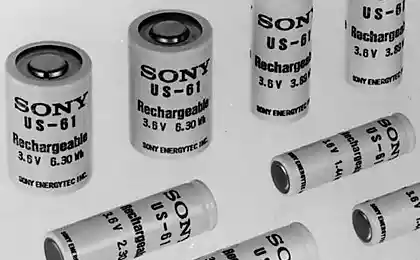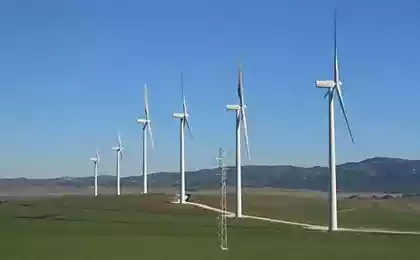562
Prospects of energy storage on compressed air
The Project Ricas 2020
Wind and sun are two unpredictable resource, which are increasingly important as sources of energy. This means that we are faced with a growing need for storage of energy as part of energy cannot be used immediately after its generation and it should be saved until then, until you need it.
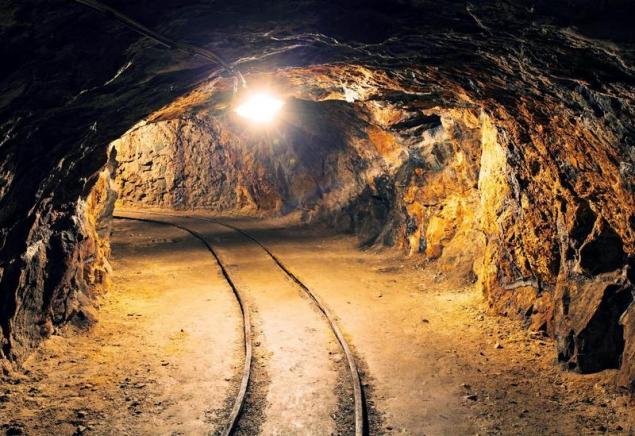
The cheapest way is to use the reservoir as a hydraulic accumulator: that is, generation of electricity using the stored water during peak loads on the grid, and then pumping water back to the tank on the hill when there is excess renewable energy. However, this solution is applicable only in the mountainous regions such as Norway and several other countries.
Geographically the less fortunate countries and regions can use air instead of water as a way of accumulation of energy. Under the auspices of the European Union, European scientists, using the scientific research project (Ricas 2020), the independent research organization SINTEF, trying to turn this concept into a viable prospect. The participants of the project looking for potential storage around the world, such as abandoned caves and mines can be used as storage space.
The principle of storage operation on compressed air
The General principle has already been applied in several places, is to use excess electricity to compress air which is then stored in an underground vault. When you need to release energy, the air goes through the gas turbine, which generates electricity. Existing installations of this type are often used to meet peak demand as a complement to classic power plants, providing the right amount of electricity that is needed at different times during the day.
Physics conservation of energy in the form of compressed air is the result of a law which is familiar to every cyclist: the process of compressing air - heat pump.
"The more heat of compression, the more energy will retain air when he will be released from the repository, the more work it can perform, passing through the gas turbine.
We believe that we will be able to store more of this heat than modern storage technology, therefore, increase the net efficiency of energy storage," says Giovanni Perillo, project Manager Ricas 2020 from SINTEF.Underground tanks as storage of heat
The two largest storage of compressed air in the world are in Germany and the USA. These underground reservoirs are created in salt formations. But these battery stations are losing a significant part of potential energy of compressed air because they don't include a system for storing heat produced at the compression stage air.
Participants Ricas 2020 know the recipe to reduce these losses in future underground storage facilities. The recipe - additional station, which gives the solution.
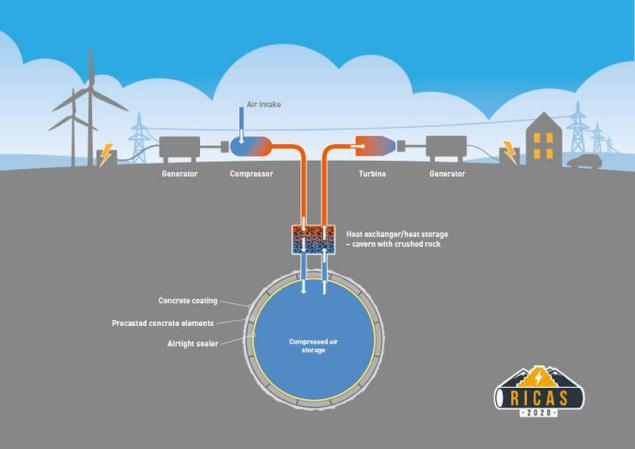
Cheaper than existing batteries
Project Manager SINTEF explains that this technology can increase the efficiency of the energy storage system up to 70-80%. The corresponding figures for most existing repositories are not above 45 — 55 %, meaning that the received energy is only half of what was originally used to compress and inject the air in the store.
Location
Giovanni Perillo says that there is only one requirement for the selection of location. Large hollow space must already exist as digging new tanks and make them safe would be too expensive.
Thus, the project participants assume that the existing abandoned underground space may be used to embed the compressed air.
Membrane for sealing
SINTEF researchers are also developing a sealing membrane that will be needed to maintain the storage of compressed air in a sealed condition. Large-scale production of such material, respectively, depends on the results of existing studies.
Plans
Surrounded by Alpine landscapes of southern Germany, Professor Matthias Vincennes, explores the use of compressed air for energy storage for many years.
He explains that the low efficiency of the few stores compressed air, which are already in operation, reduced interest and influenced the investment in developing more energy-efficient versions energy storage on compressed air.
"If the project partners Ricas 2020 successfully implement plans for effective heat conservation, the use of compressed air for energy storage can be a real breakthrough," says Professor Vincennes.published
P. S. And remember, only by changing their consumption — together we change the world! ©
Source: www.sciencedaily.com/releases/2017/03/170328083107.htm
Wind and sun are two unpredictable resource, which are increasingly important as sources of energy. This means that we are faced with a growing need for storage of energy as part of energy cannot be used immediately after its generation and it should be saved until then, until you need it.

The cheapest way is to use the reservoir as a hydraulic accumulator: that is, generation of electricity using the stored water during peak loads on the grid, and then pumping water back to the tank on the hill when there is excess renewable energy. However, this solution is applicable only in the mountainous regions such as Norway and several other countries.
Geographically the less fortunate countries and regions can use air instead of water as a way of accumulation of energy. Under the auspices of the European Union, European scientists, using the scientific research project (Ricas 2020), the independent research organization SINTEF, trying to turn this concept into a viable prospect. The participants of the project looking for potential storage around the world, such as abandoned caves and mines can be used as storage space.
The principle of storage operation on compressed air
The General principle has already been applied in several places, is to use excess electricity to compress air which is then stored in an underground vault. When you need to release energy, the air goes through the gas turbine, which generates electricity. Existing installations of this type are often used to meet peak demand as a complement to classic power plants, providing the right amount of electricity that is needed at different times during the day.
Physics conservation of energy in the form of compressed air is the result of a law which is familiar to every cyclist: the process of compressing air - heat pump.
"The more heat of compression, the more energy will retain air when he will be released from the repository, the more work it can perform, passing through the gas turbine.
We believe that we will be able to store more of this heat than modern storage technology, therefore, increase the net efficiency of energy storage," says Giovanni Perillo, project Manager Ricas 2020 from SINTEF.Underground tanks as storage of heat
The two largest storage of compressed air in the world are in Germany and the USA. These underground reservoirs are created in salt formations. But these battery stations are losing a significant part of potential energy of compressed air because they don't include a system for storing heat produced at the compression stage air.
Participants Ricas 2020 know the recipe to reduce these losses in future underground storage facilities. The recipe - additional station, which gives the solution.
- On your way down to the underground reservoir, the hot compressed air passes through a separate chamber, filled with rubble.
- The hot air heats the stone, which retains most of the heat.
- Cold air stored in the main cavity.
- When the air returns back through the rubble, he heated stones and are already hot will be used to generate electricity .
- The hot air enters the turbine turbine where electricity is generated.

Cheaper than existing batteries
Project Manager SINTEF explains that this technology can increase the efficiency of the energy storage system up to 70-80%. The corresponding figures for most existing repositories are not above 45 — 55 %, meaning that the received energy is only half of what was originally used to compress and inject the air in the store.
Location
Giovanni Perillo says that there is only one requirement for the selection of location. Large hollow space must already exist as digging new tanks and make them safe would be too expensive.
Thus, the project participants assume that the existing abandoned underground space may be used to embed the compressed air.
Membrane for sealing
SINTEF researchers are also developing a sealing membrane that will be needed to maintain the storage of compressed air in a sealed condition. Large-scale production of such material, respectively, depends on the results of existing studies.
Plans
Surrounded by Alpine landscapes of southern Germany, Professor Matthias Vincennes, explores the use of compressed air for energy storage for many years.
He explains that the low efficiency of the few stores compressed air, which are already in operation, reduced interest and influenced the investment in developing more energy-efficient versions energy storage on compressed air.
"If the project partners Ricas 2020 successfully implement plans for effective heat conservation, the use of compressed air for energy storage can be a real breakthrough," says Professor Vincennes.published
P. S. And remember, only by changing their consumption — together we change the world! ©
Source: www.sciencedaily.com/releases/2017/03/170328083107.htm









